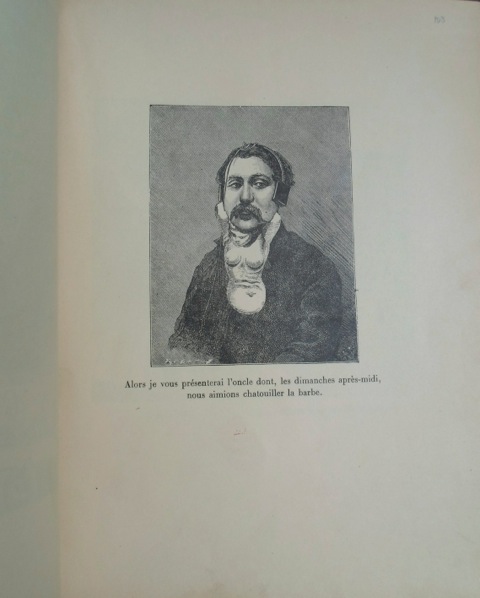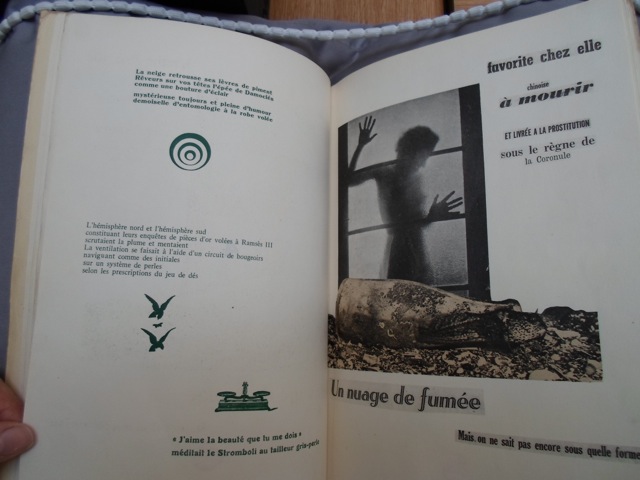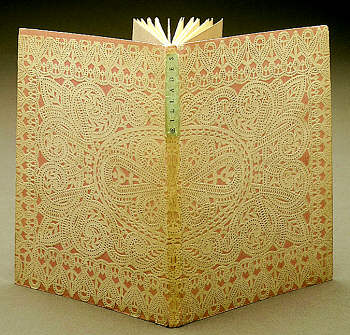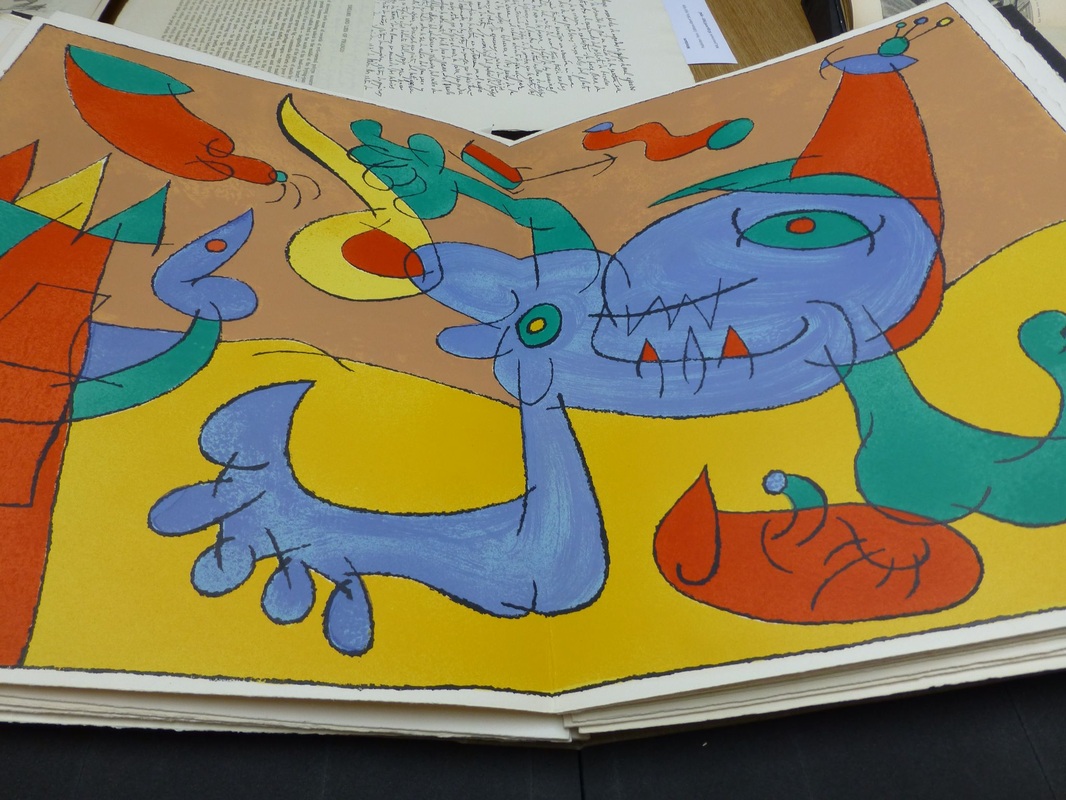|
Sally Williams, Assistant Librarian at the V&A gave a free talk with an opportunity to view key Surrealist publications held by the National Art Library, and an overview of the various printing techniques used. On display were a number of rare and limited books including Livre des artistes, Artists’ books, journals, trade literature and exhibition catalogues from the early part of the twentieth century. On view were works by Max Ernst, Duchamp, Man Ray, Picasso, Hugnet and Miro. Surrealist Artists painted unnerving, illogical scenes with photographic precision, created strange creatures from everyday objects and developed painting techniques that allowed the unconscious to express itself. Their works often feature elements of surprise, and unexpected juxtapositions. How wonderful to be able to touch and read these books rather than observing them through glass cabinets! Particular highlights included a book by Max Ernst in which he had cut and colleged several old black and white prints into a new image. The effect was so beautifully done that on first appearance the viewer reads the image as one print. It is only when peering more closely you begin to see all is not as it first appears and that there are strange and unsettling combinations within the image. In contrast in George Hugnet's photomontages (above) no attempt is made to hide the fact the images are from various sources, and the process is made explicit. Hugnet had a bookbinding studio in Paris from 1934 to 1940; during that time, he and Bellmer collaborated on the exquisite little Oeillades Ciselées en Branche (Glances Cut on the Branch 1939), with its distinctive pink cover, wrapped in a white paper doily (below). Also on view were; Sketches and notes from Marcel Duchamps the Green Box, which relate to his more famous work The Bride Stripped Bare by her Bachelors. Fascille - a collaboration between the poet Paul Alwood and Man Ray in which his exquisite black and white photographs of a nude woman spread across the page - a celebration of the female form (below) A hand written "stream of consciousness" by Picasso, accompanied by two pages of etchings, which preceeds his more famous work Guernica (below). and a book of loose pages which contained large colourful lithograpghs by Miro. It felt a privilege to have the opportunity be to handle these works. The Surrealist movement challenged our way of viewing and making art/books. Its influence on writing, poetry, sculpture /painting can still be seen in many contemporary aspects of art and design.
As with all new art movements, Surrealism has become incorporated into mainstream practices. A few examples that come to mind include Tom Phillips A Humument, the graphic novels of Graham Rawle, and in particular the work of Geoffrey Farmer, whose current show The Photographer and the Surgeon can be seen at the Curve Gallery, Barbican until the end of July.
0 Comments
|
ABAWe are a small group of contemporary artists in Essex (UK) who share a passion for art and books. Archives
November 2020
|











 RSS Feed
RSS Feed


